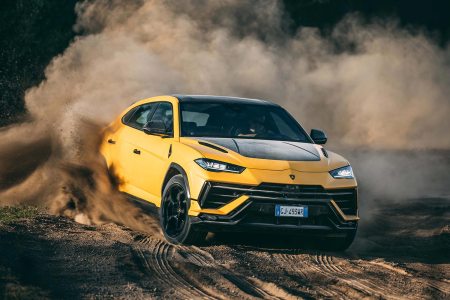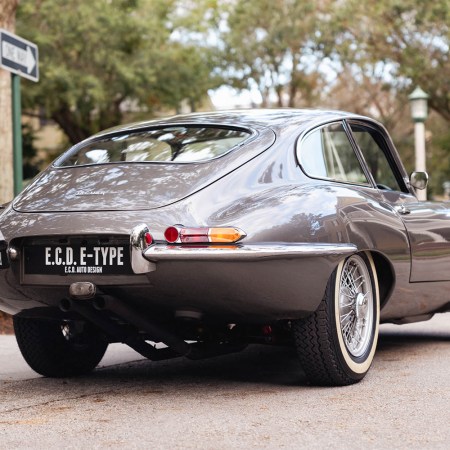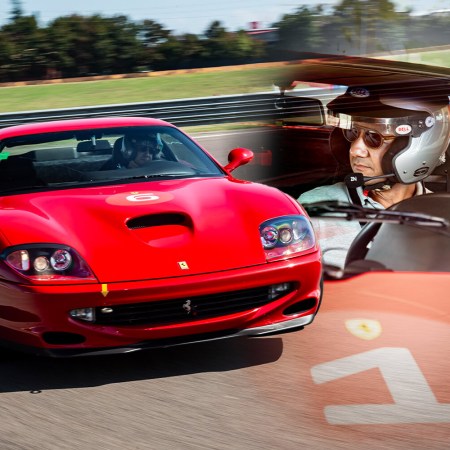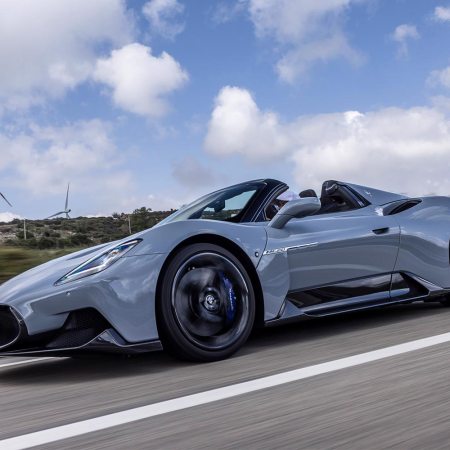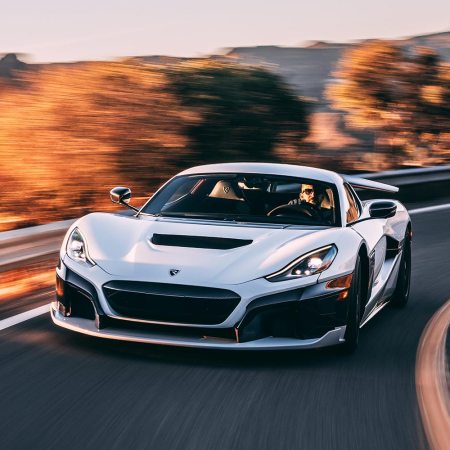In every facet of life, there’s always room for improvement — even for supercars. That’s the philosophy the team at Lamborghini cites as they plan new niche variants of their world famous automobiles, and when they created the Huracán Tecnica.
The Huracán arrived in the company’s lineup about nine years ago. The beautiful beast replaced the renowned Aventador, and it arrived smaller than its predecessor with a little less power, giving up two cylinders from a V12 to a V10 engine.
While you might think the release of a less imposing and less powerful model would outrage a passionate Lamborghini familia, the Huracán offers more variety than was possible within the more restricted Aventador series. In the first- and second-tier markets, the Huracán is now available in more than 10 setups (not including concept cars Lamborghini rolled for auto shows). You can get it in all-wheel or rear-wheel drive. You can get behind the wheel of a hardtop or a convertible Spyder variant. You can seek out a road-legal model or enjoy a fine-tuned racer meant exclusively for track days. Your wish is the Huracán’s command.
A fresh face in the Huracán collection, the Tecnica is a rear-wheel-powered driver’s dream that fits in the overall product collection just a tick below the track-only STO model. The performance numbers are right where they must be to wear the bullish badge of a Lamborghini: the Tecnica and its 640-horsepower, 10-cylinder engine provides a top speed of 202 mph and a neck-breaking 0-60 time of 2.7 seconds.
According to Automobili Lamborghini Head of Design Mitja Borkert, the company’s designers wanted to create a completely new and distinctive machine with the Tecnica.
“It’s the biggest design update that we’ve done on the Huracán,” Borkert tells InsideHook. “It has pronounced wheels through the new rear fenders, showing off a strong shoulder. The front uses lightweight components and new aerodynamics to create the new, but recognizable front end.”
The external styling of the Tecnica deviates only minimally from the general visual cues of the almost-decade old Huracán line — and any variants in that line always looked like every bit a proper Lamborghini. There are supercars that lean into understated maturity with smooth, subdued and sophisticated lines such as Aston Martin, Maserati and Bentley. Lamborghini’s bolder, louder and emotional flare falls in line with rivals such as McLaren, Pagani and Koenigsegg.
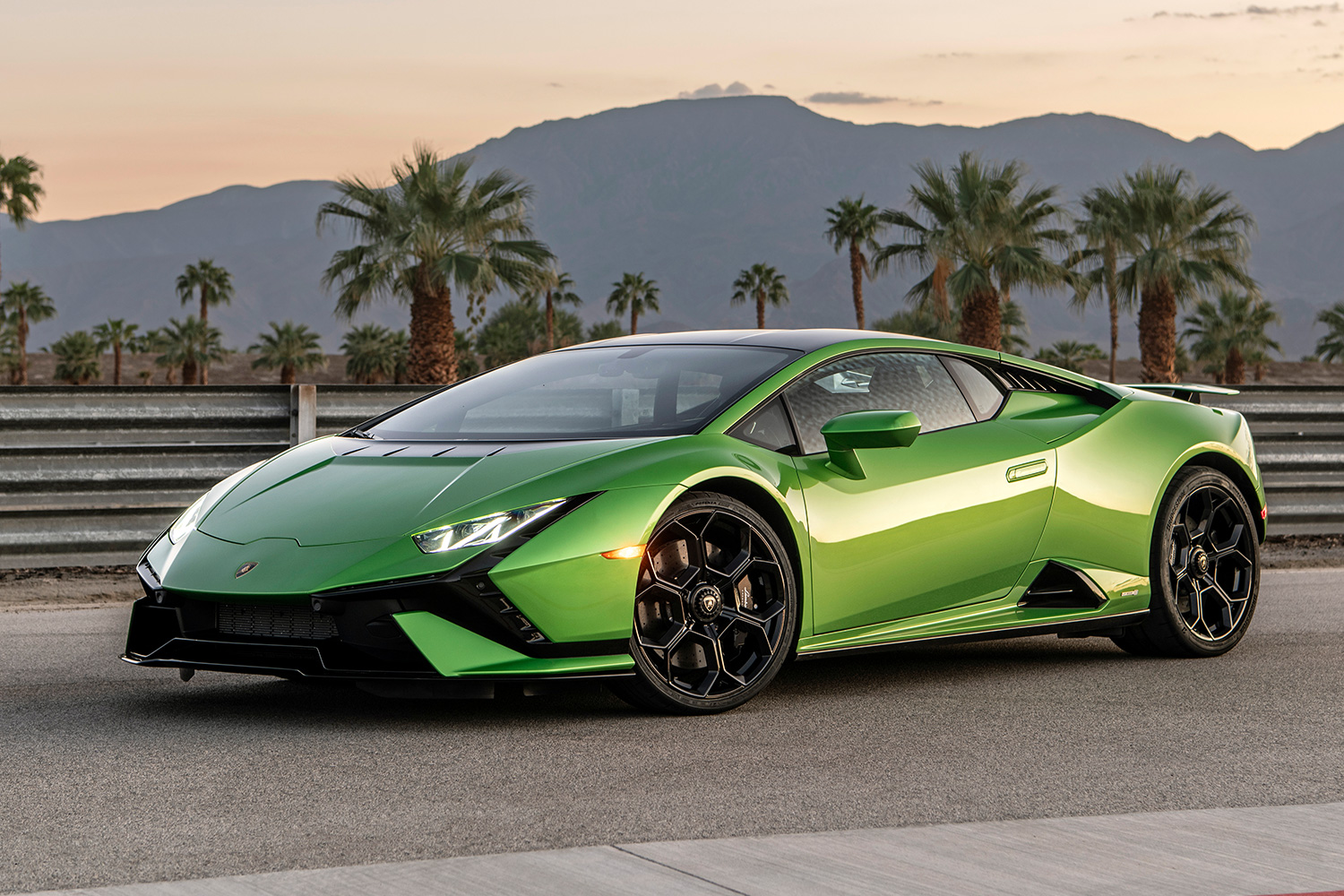
While the automaker could rely on the visual appeal and performance of the standard Huracán to sell out build schedules, Borkert insists Lamborghini’s commitment to design and performance demands they keep fine-tuning their creations.
“The design and shape of a Lamborghini provides our customers with the promise of a fun-to-drive experience,” he adds. “Therefore, it’s clear that we want to create something better — a Lamborghini that is always exceeding the highest expectations.”
Review: Lamborghini Vies for SUV Dominance With the 2023 Urus Performante
Can the record-breaking, track-tuned monster handle the humdrum of everyday driving?As a designer himself, Borkert wants to stay authentic, sticking close to Lamborghini’s creative principles while remaining open to the emergence of something new.
“We want our customers to visualize clearly the mission of every Lamborghini by its design,” Borkert says. “Lamborghini has a perfect DNA going back to the Countach. However, Sant’Agata Bolognese is for me somewhat the epicenter of what a car design should be — especially for super sports cars.”
For those who don’t know their Italian automobile regions, Sant’Agata Bolognese is the name of the enclave within the Italian city of Bologna where everything Lamborghini lives. Their HQ sits just a gearshift’s throw from the town of Modena and the front door of Lambo’s Italian supercar challenger, Ferrari.
“In Sant’Agata Bolognese, we always want to create something unexpected,” Borkert adds. “The changes from the Huracán to the Huracán Tecnica create a new perceivable character. It’s talking to the heart of our customers and saying, ‘Drive me and have fun.’”
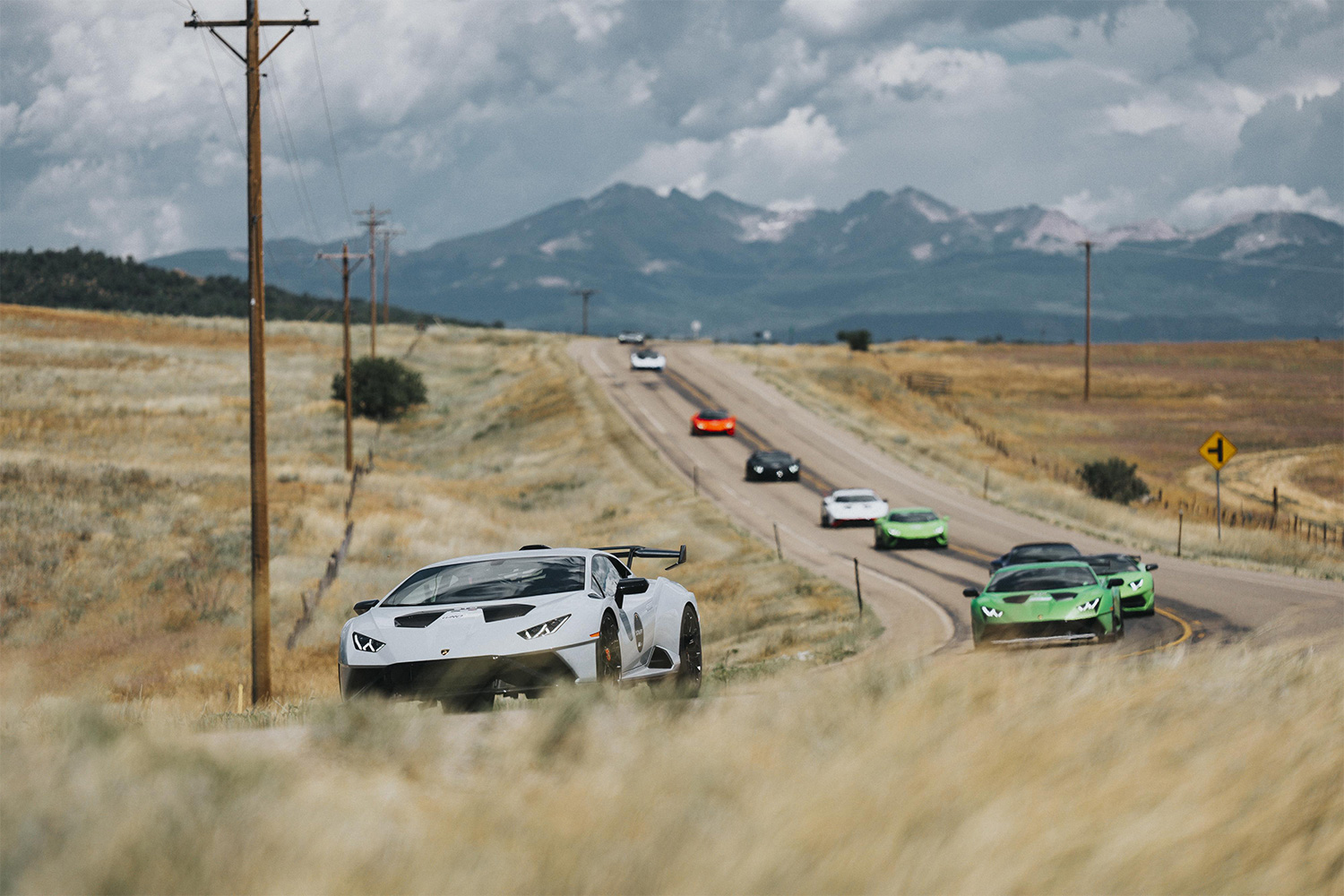
The winding roads of central Colorado offered an opportunity to put that philosophy to the test. During a test drive through the rural pavement outside Aspen — territory all but abandoned in the late summer months — Lamborghini sent a professional driver to sweep out ahead of a test drive group to confirm the all-clear. That gave journalists like myself the chance to open the throttle on the Huracán Tecnica to a point perhaps frowned upon by state and local authorities.
The end result of all that design and engineering talk provides as thrilling a driving experience as Lamborghini buyers could conceivably demand. The car remains remarkably grounded at speeds north of 100 mph, never surrendering to understeer or allowing even a moment of disconcerting vibration. To put it in terms of less flamboyant cars, 120 mph in a Huracán Tecnica feels like 60 mph in your daily commute. The driver is always in control, even while the power and precise handling pumps up the adrenaline.
(Note: If a Huracán Tecnica is, in fact, your daily commuter, there’s no reason to consider such comparisons. Stop reading and go drive it.)
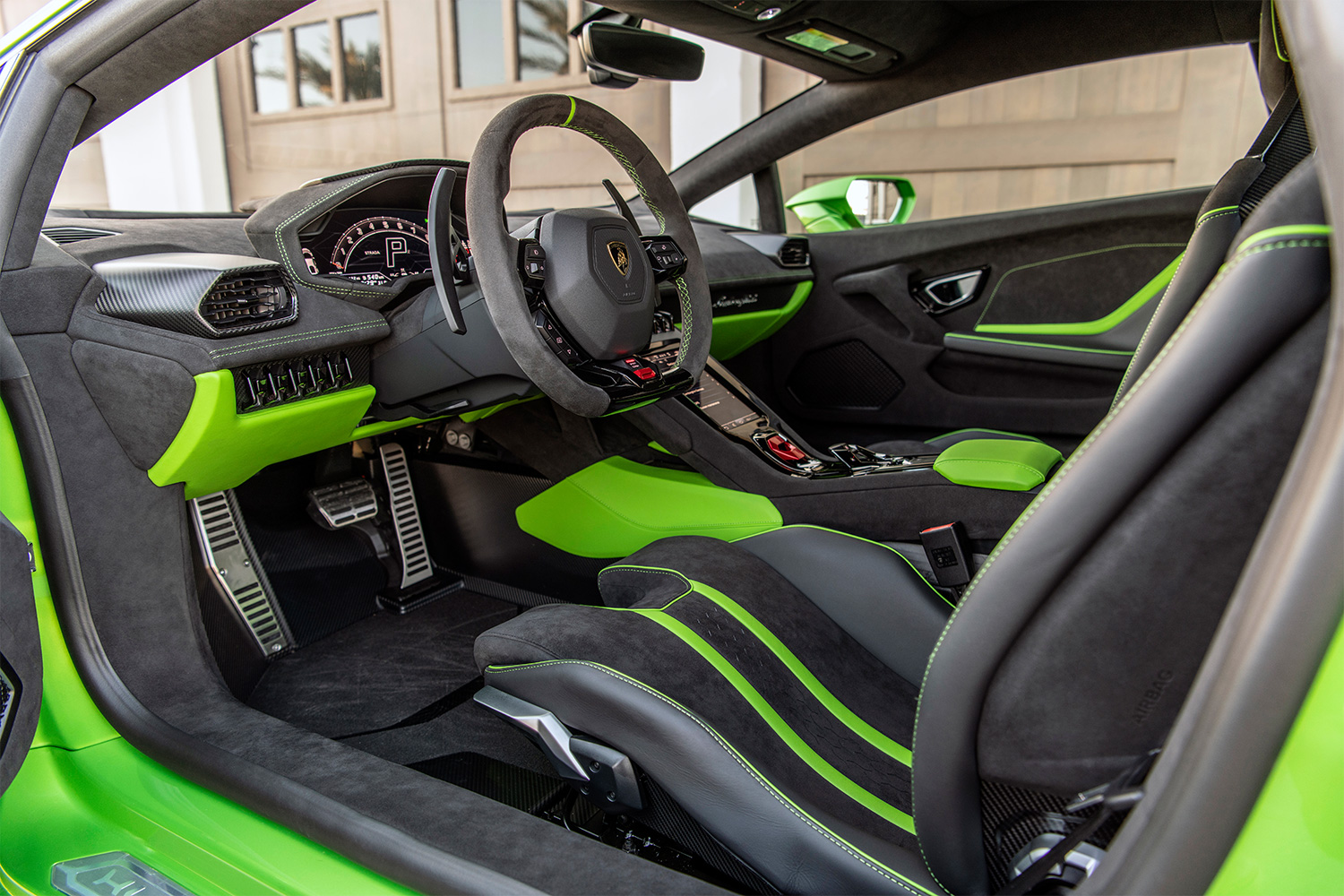
The internal ergonomics of the Huracán Tecnica also seemed to evolve with the car’s stylistic tweaks. Past Lamborghini generations were not built for comfort. With an eye on the company’s racing pedigree across the GT circuits, the control cabin of a typical Lamborghini was snug and compact — keeping the driver low behind the steering wheel. Unfortunately, if drivers dared to show up taller than six feet, while they might still fit in that racing seat, their scalps could end up having a painful relationship with the roof.
Those problems disappear in the Huracán Tecnica. The driving position is still settled down deep in the car, but the seat allows your spine and tailbone to stay in pleasant communication with the rest of you. There’s sufficient headroom for proper-sized human beings, and the hours-long Colorado test drive I enjoyed in the Tecnica passed comfortably as hundreds of miles filled the odometer.
Borkert explains that comfort is a consideration for the Huracán’s internal environment, but he still wants the interior philosophy of any Lamborghini to leave the driver feeling like a pilot.
“That guiding principle automatically guides us into perfect ergonomics,” he says. “You have to feel integrated, with a perfect low driving position and a slim and lightweight dashboard. Then we are always working with distinctive details — like the hexagon repeated throughout the design. I want every detail of the Huracán Tecnica immediately to announce the presence of a true Lamborghini.”
The Huracán had a good run for the last decade, but it will cease production next year as Lamborghini makes way for hybrid hypercars and, eventually, an all-electric model. As it heads out into the realm of auctions and museums, the Lamborghini Huracán Tecnica will be remembered for refining the line’s performance and making the brand just that bit more comfortable.
This article was featured in the InsideHook newsletter. Sign up now.

